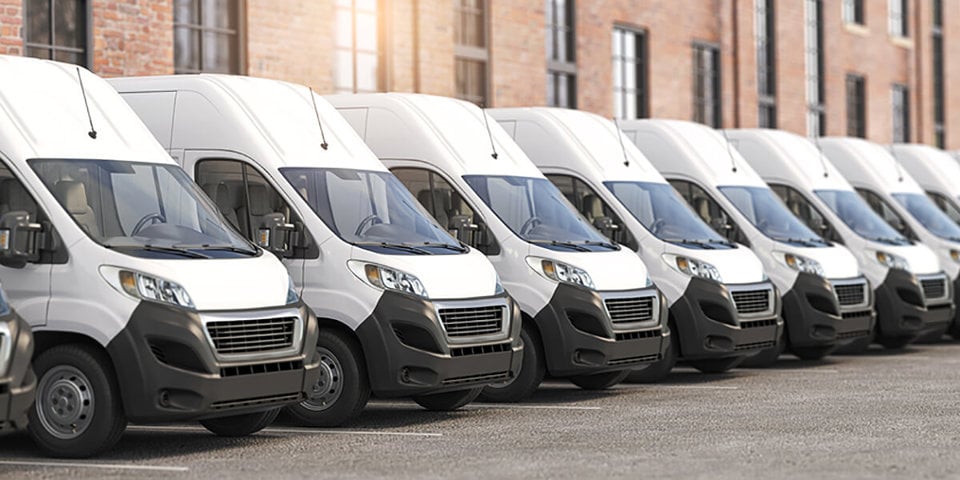The agreement by the European Parliament last week of CO2 emissions limits for vans sold in the European Union (EU) could increase prices for new models, the European Automobile Manufacturers Association (ACEA) has warned.
Communications director Sigrid de Vries told Fleet News the targets were “extremely challenging” in the long term.
She said new technologies would be required to meet the agreed targets of 175g CO2/km for the average emissions of 70% of a manufacturer's fleet by 2014; the average for all its vehicles by 2017; and then an average 147g CO2/km limit to be achieved by 2020, (although that could be amended later if there are technical problems).
Nonetheless, said de Vries, it was unclear whether the necessary new technologies could be produced with sufficient economies of scale or innovations to ensure prices did not rise – “it’s a chicken and egg situation,” she said. “I cannot predict how much there might be a price increase, but this is of concern.”
The new rules cover vans up to 2,610 kg in weight, which gives a wide range of potential emissions, especially given the payloads carried. As a result, manufacturers who have a bias towards smaller vans are likely to have much less difficulty in meeting the new targets and hence would be under less pressure to change model design, especially for the initial 175g limit.
French auto maker Citroën claimed it was in this comparatively happy position. Its new Euro V fuel economy standard Nemo van, for instance, had “very low CO2 emissions of just 113g/km (down from the Euro IV version’s 119g/km),” said a spokesman.
It’s other main van brand, the Berlingo was also already below the 175g limit at 147g, meaning both models needed no modification to meet either the new standard or the planned 2020 target.
More follows on page two...



















Login to comment
Comments
No comments have been made yet.